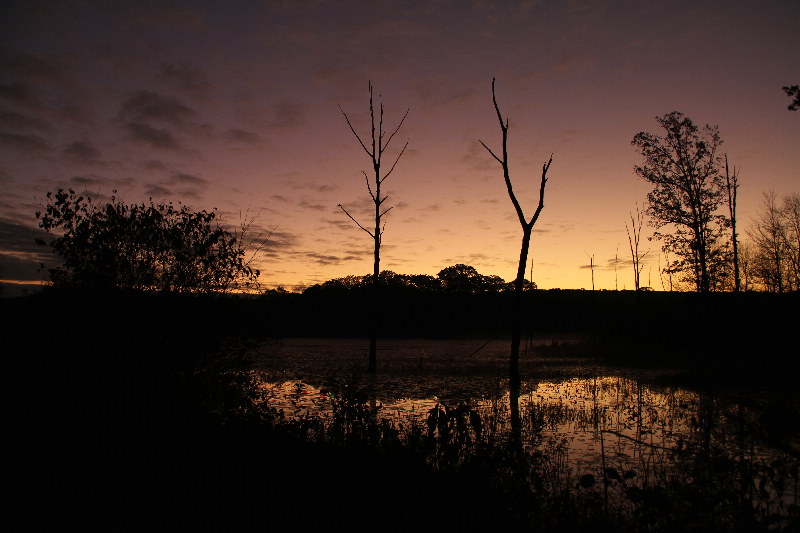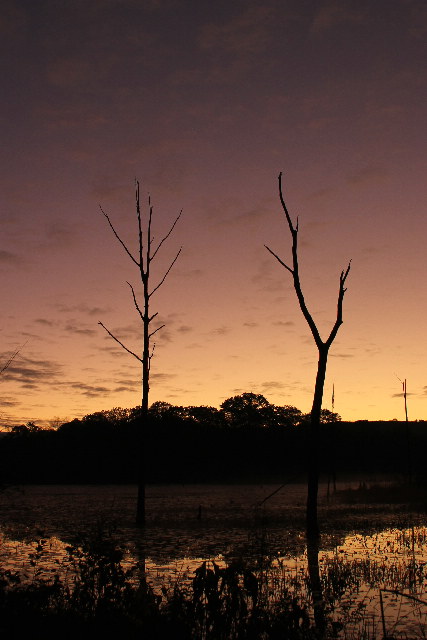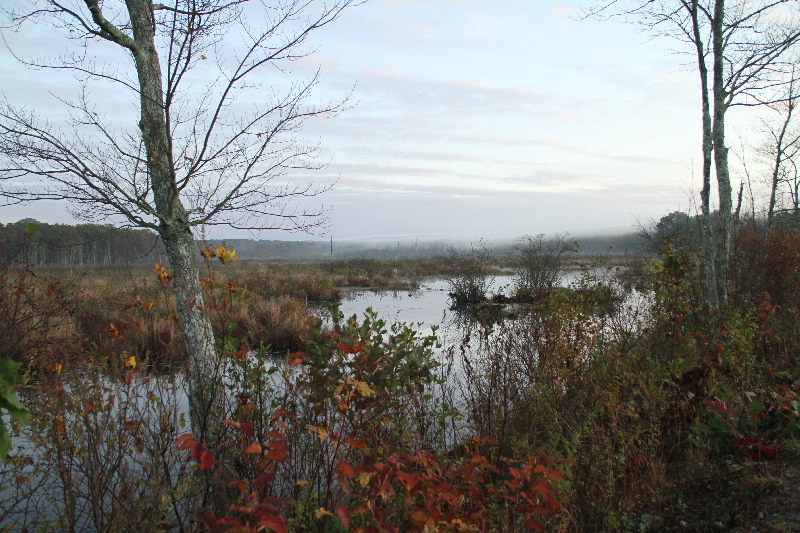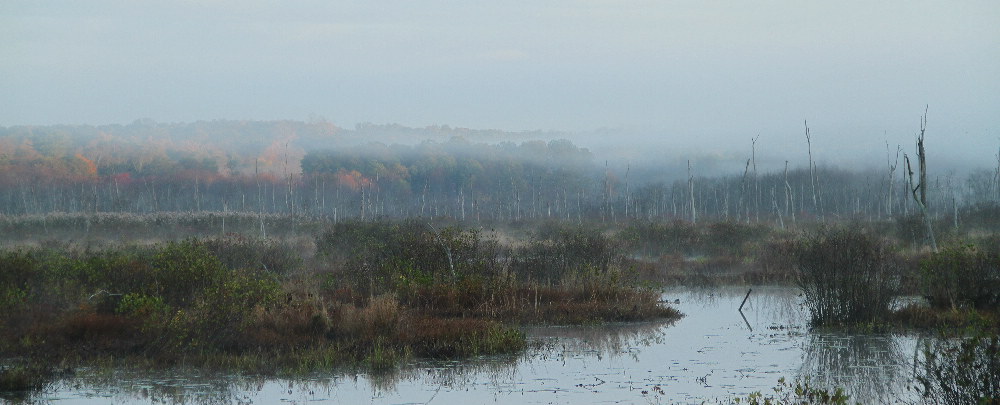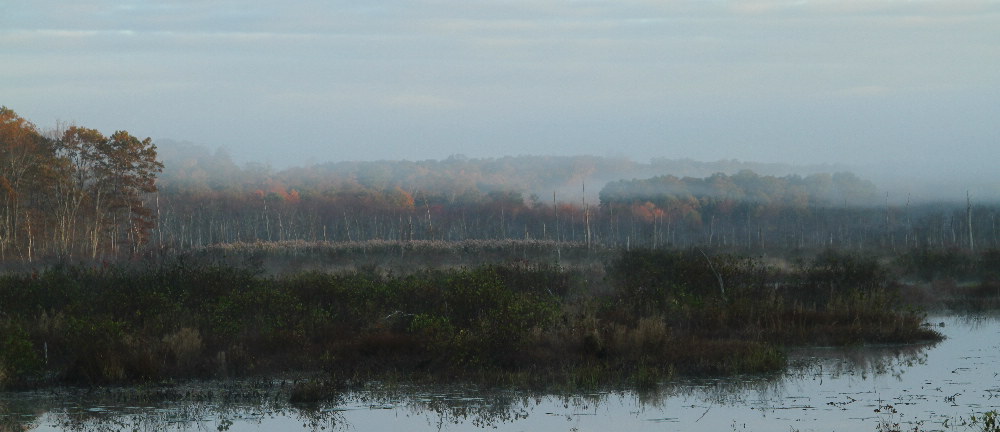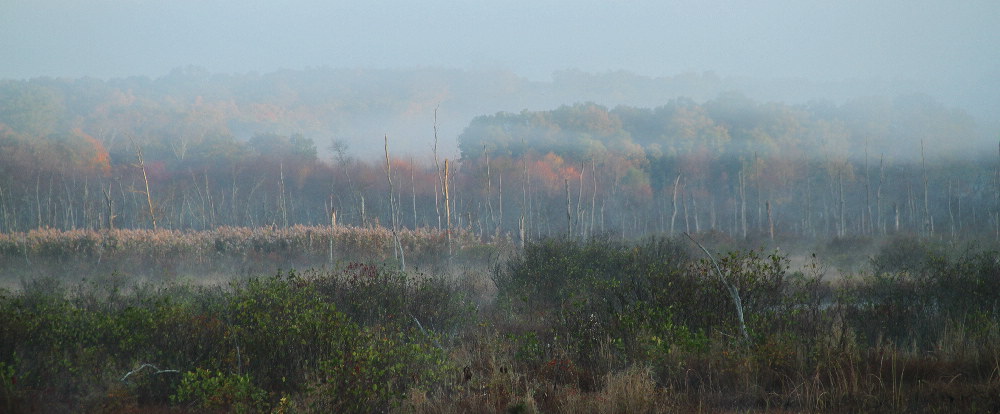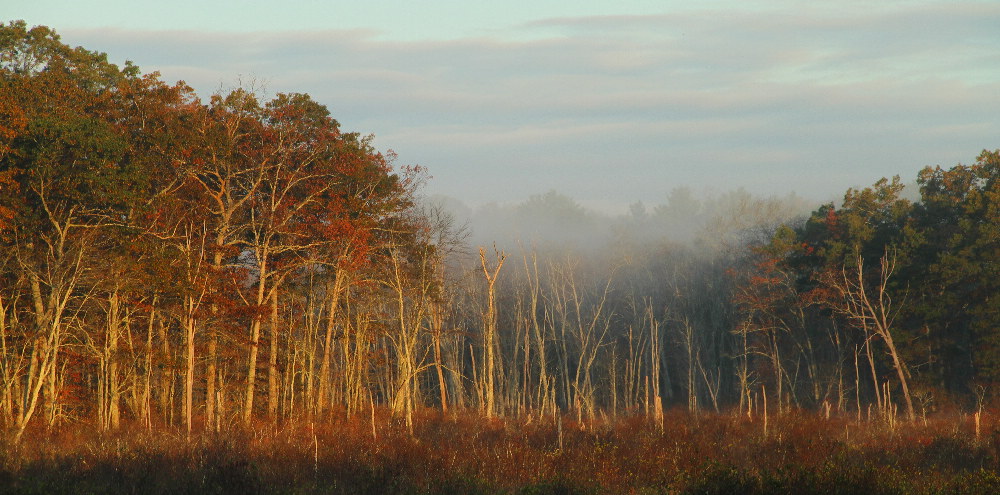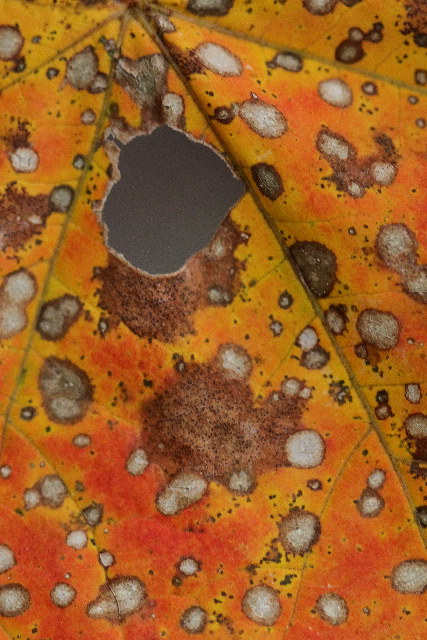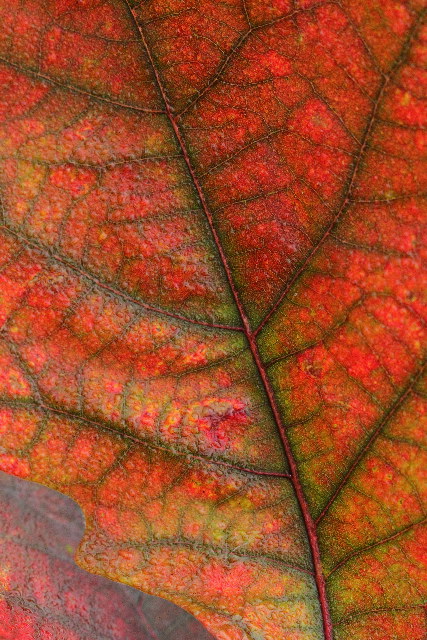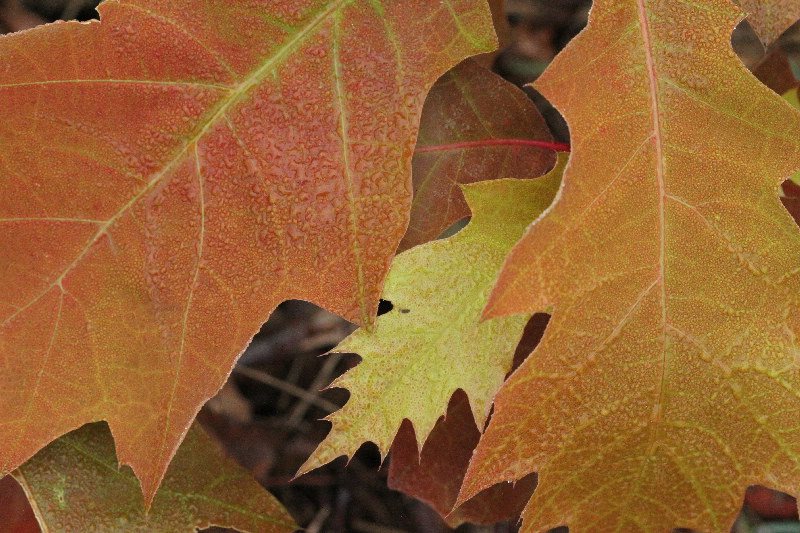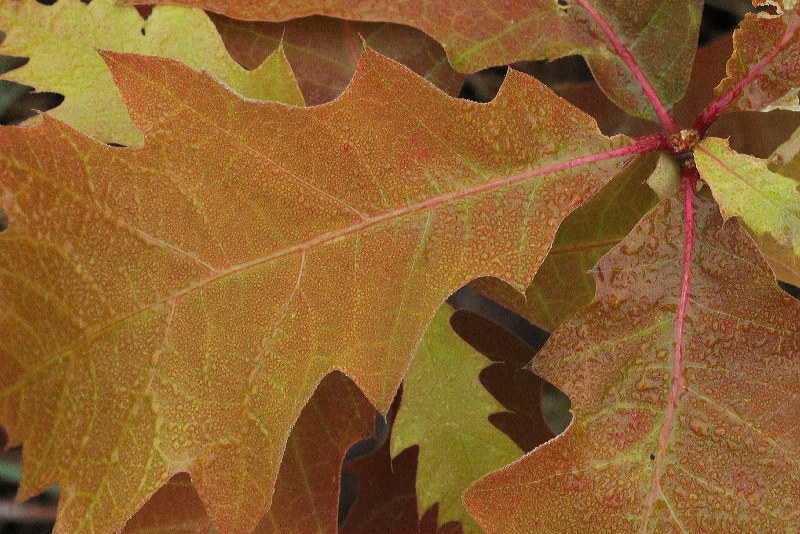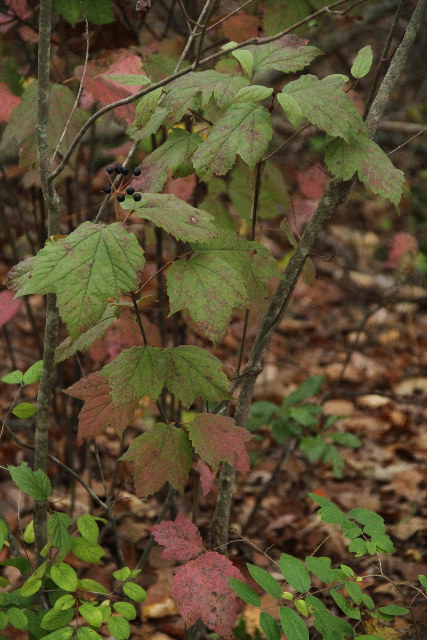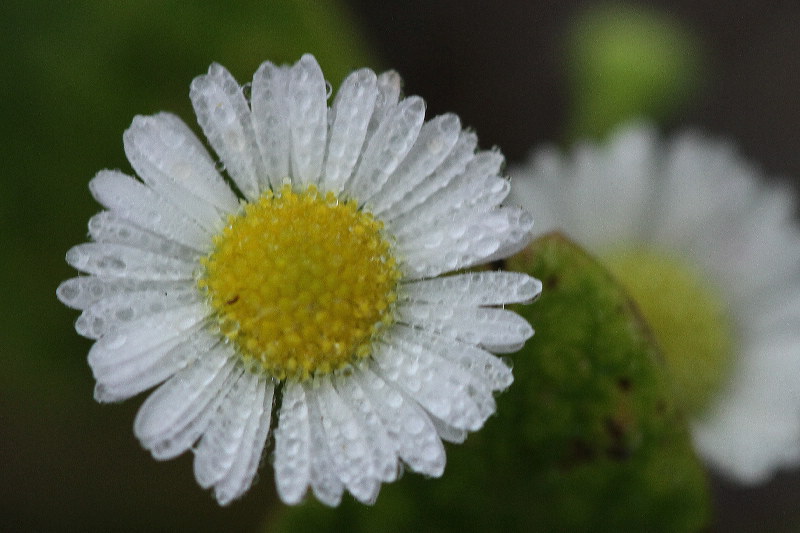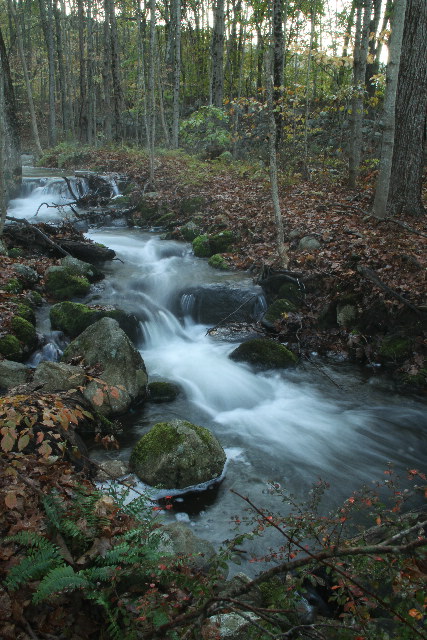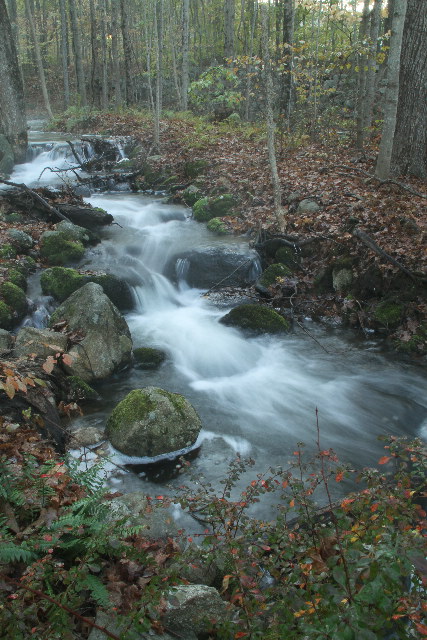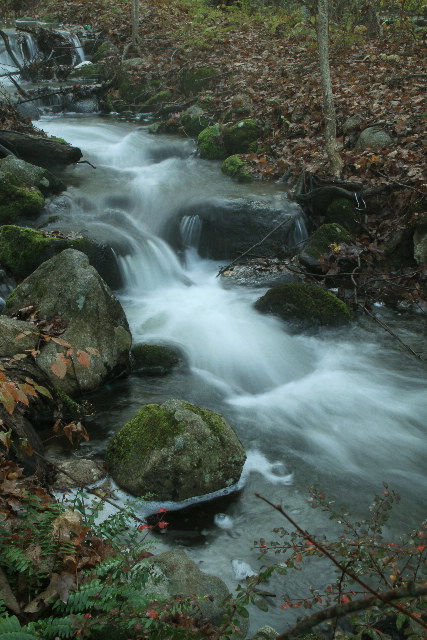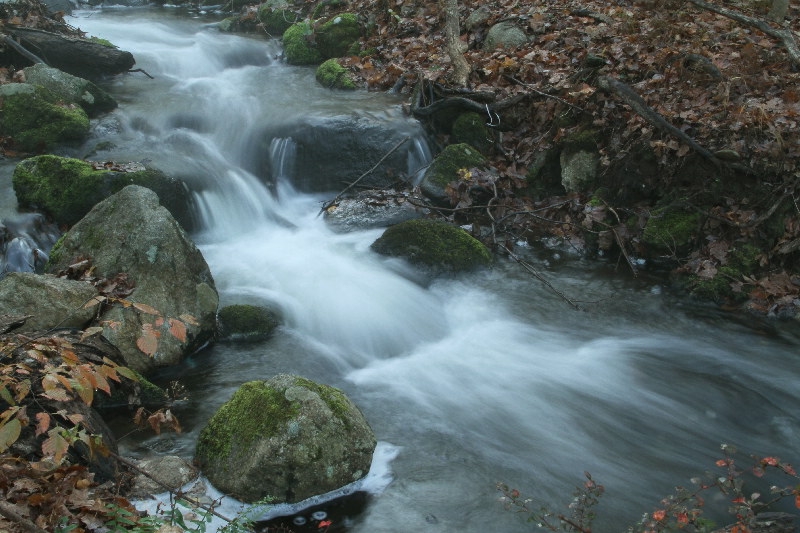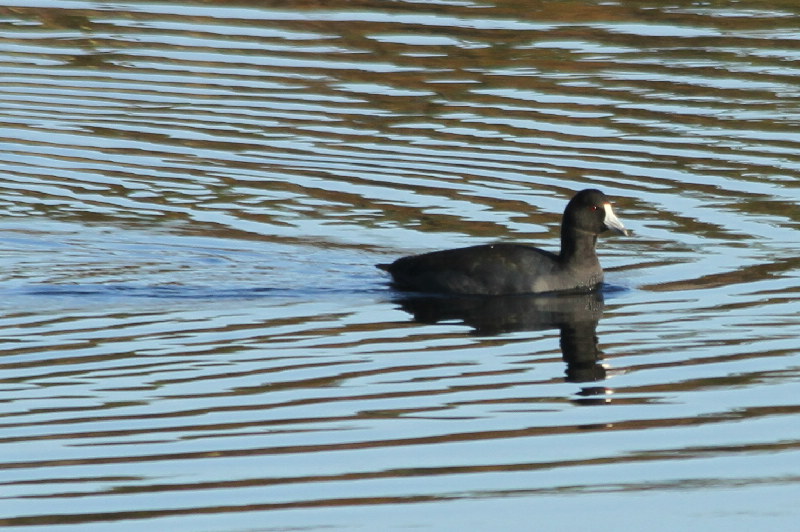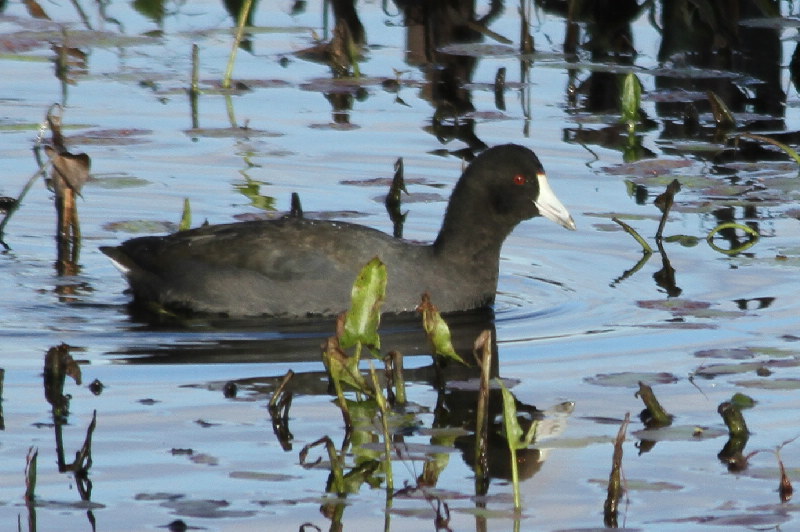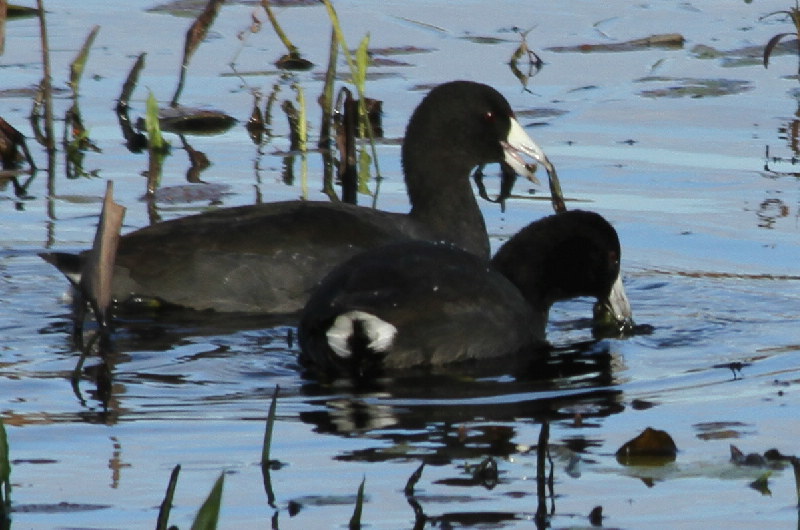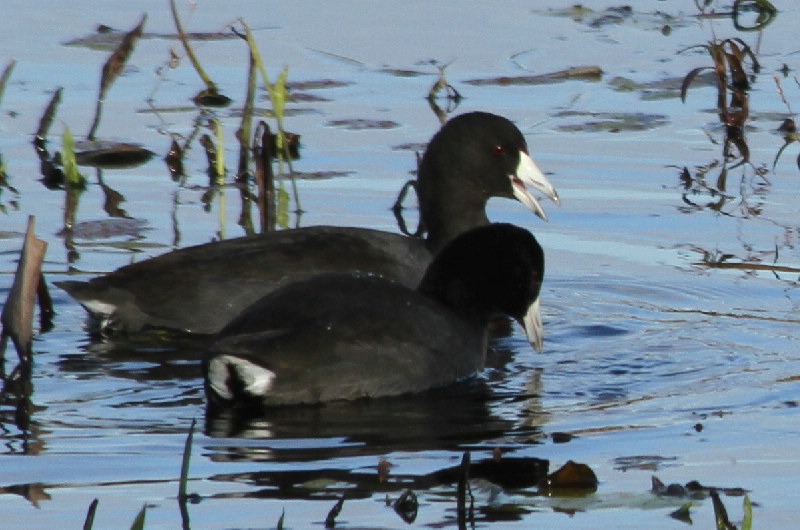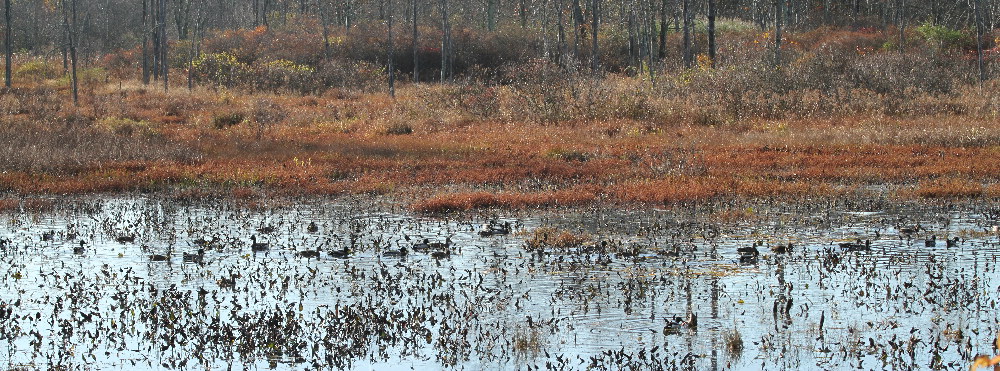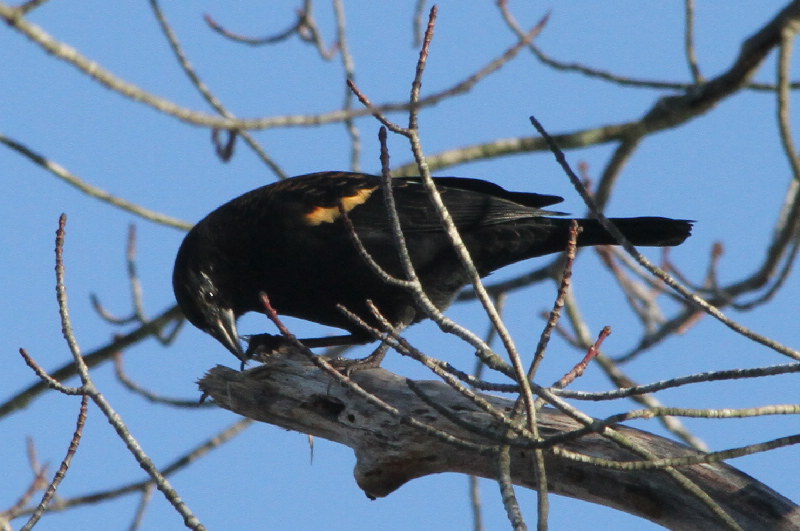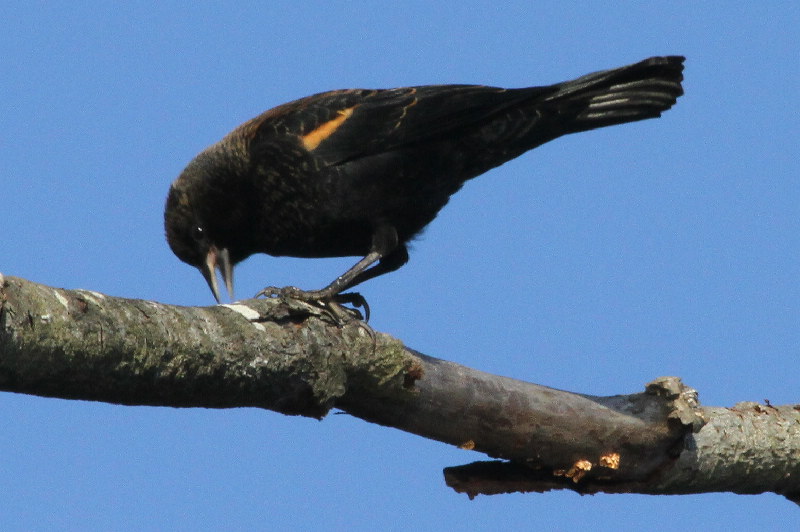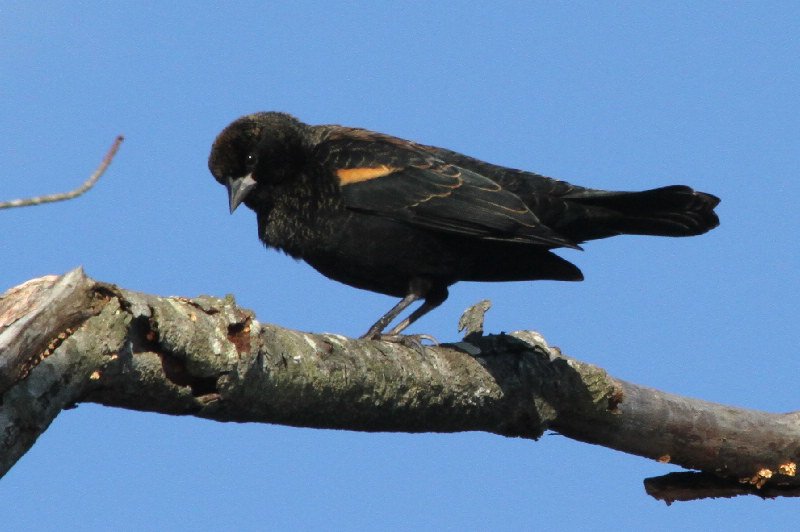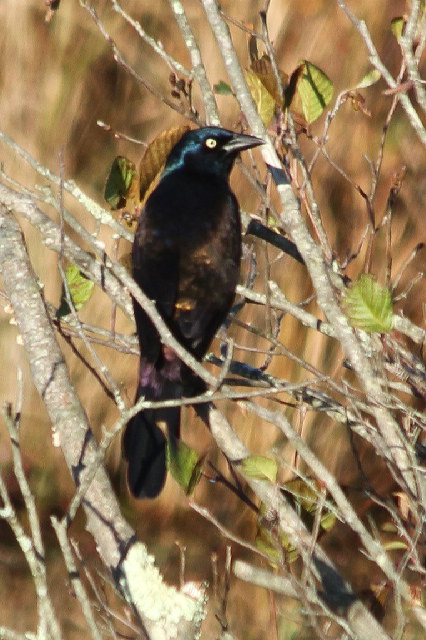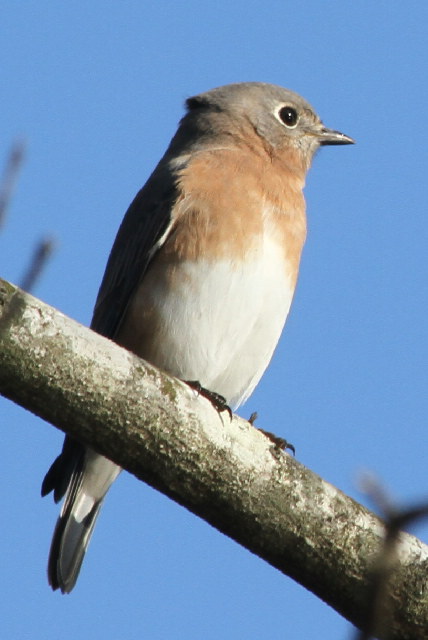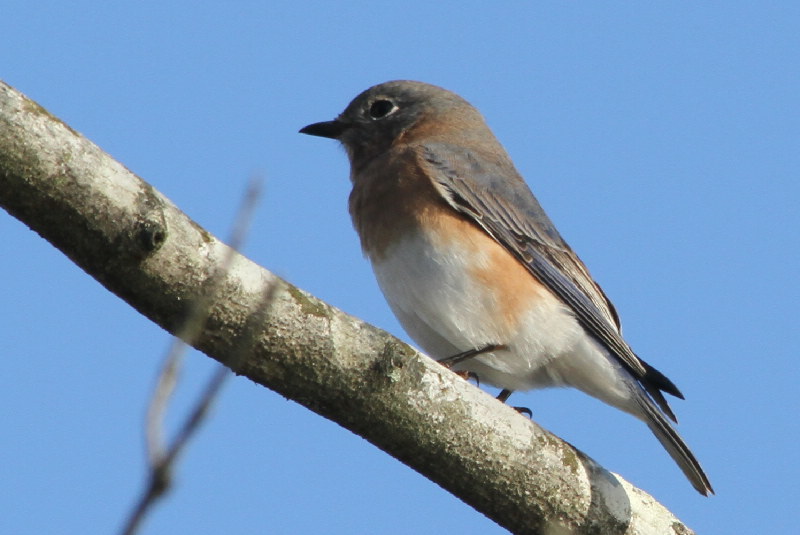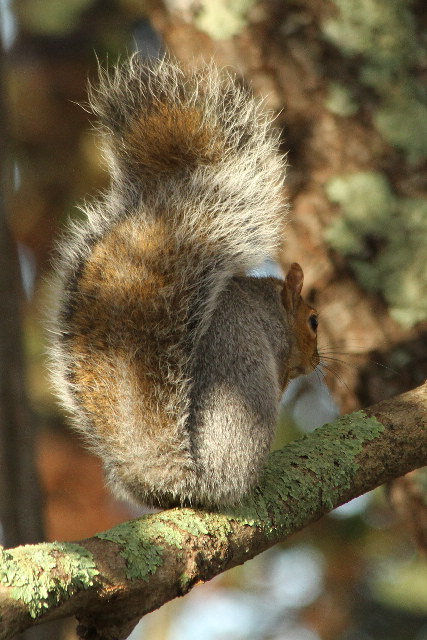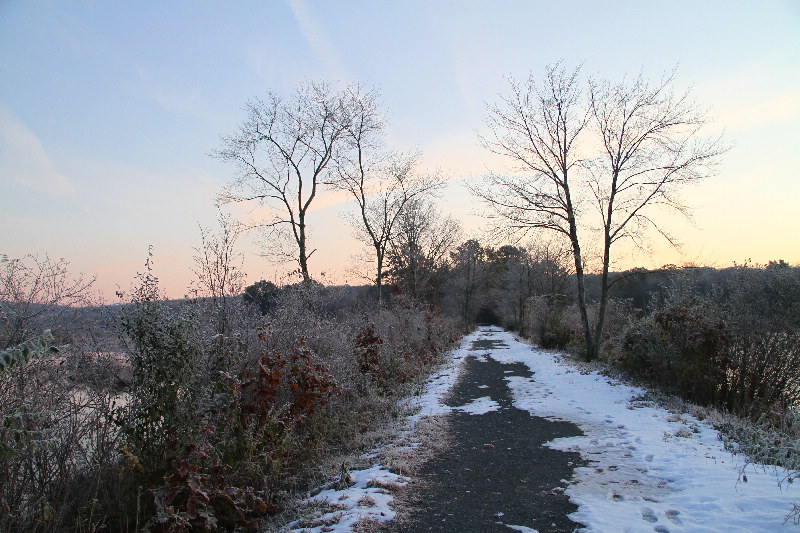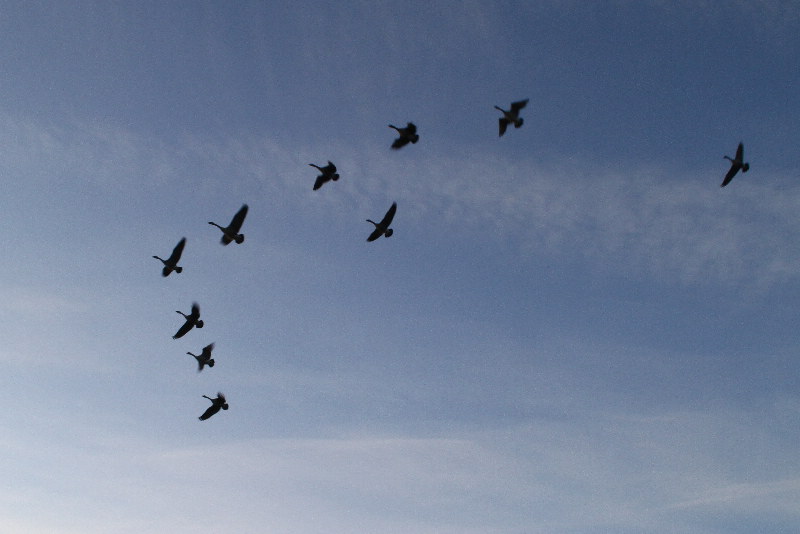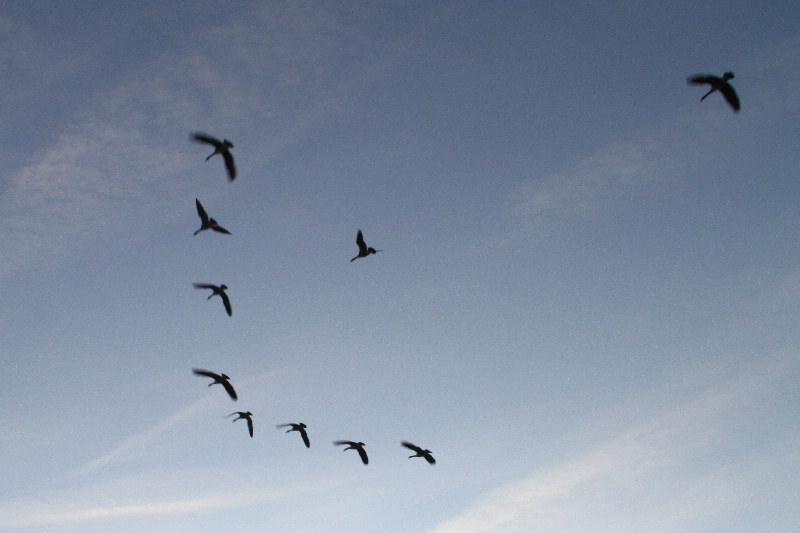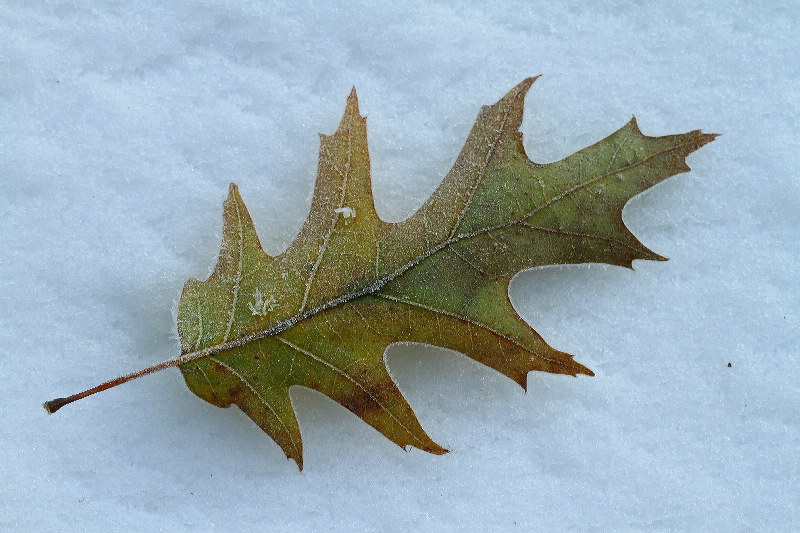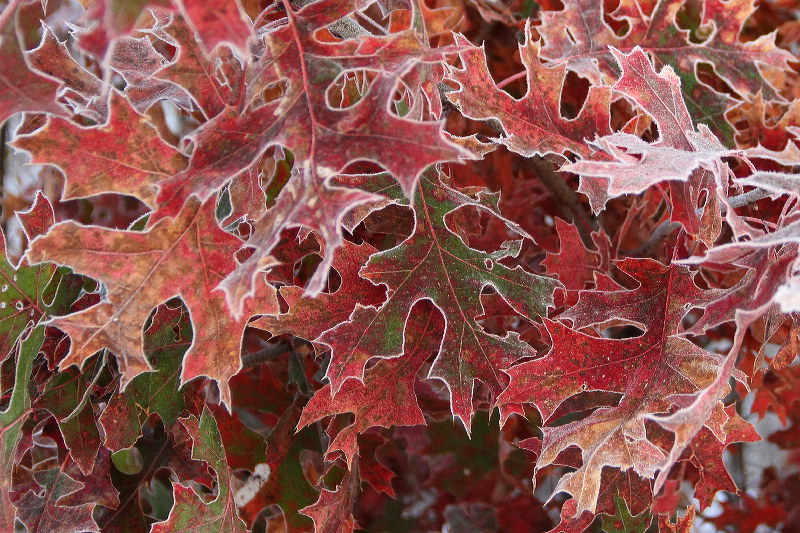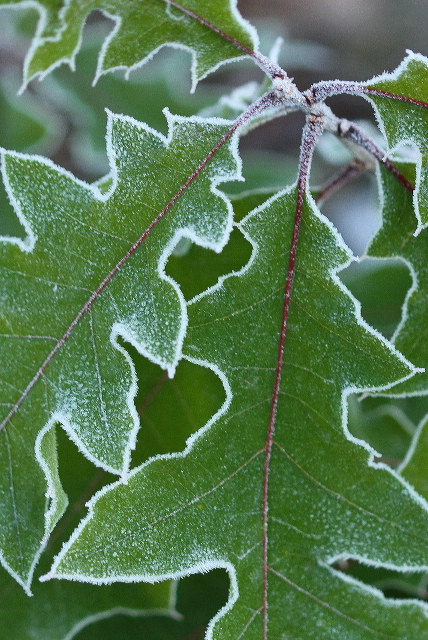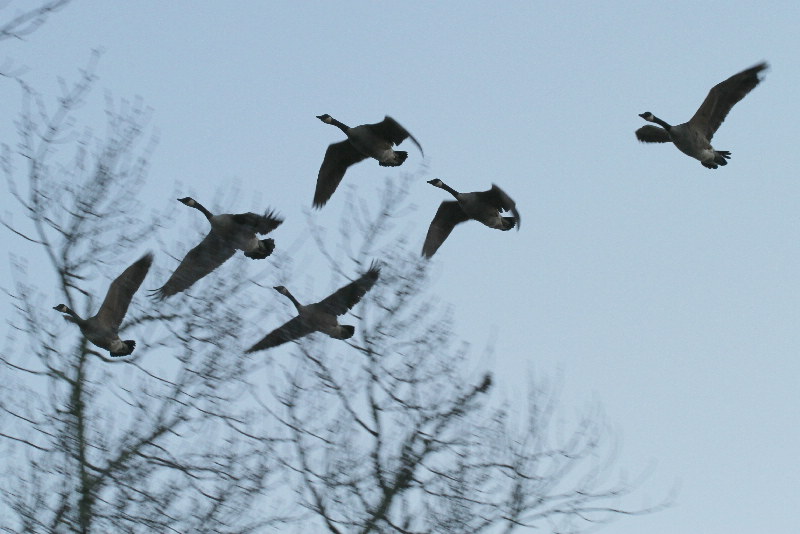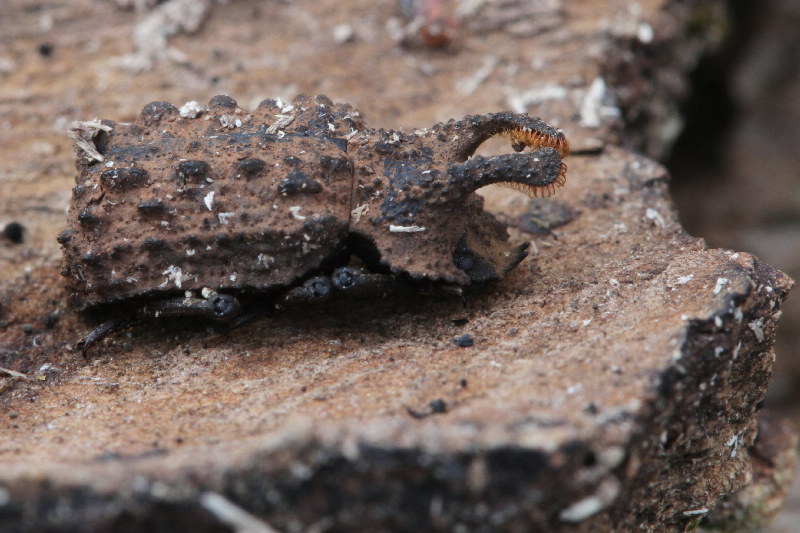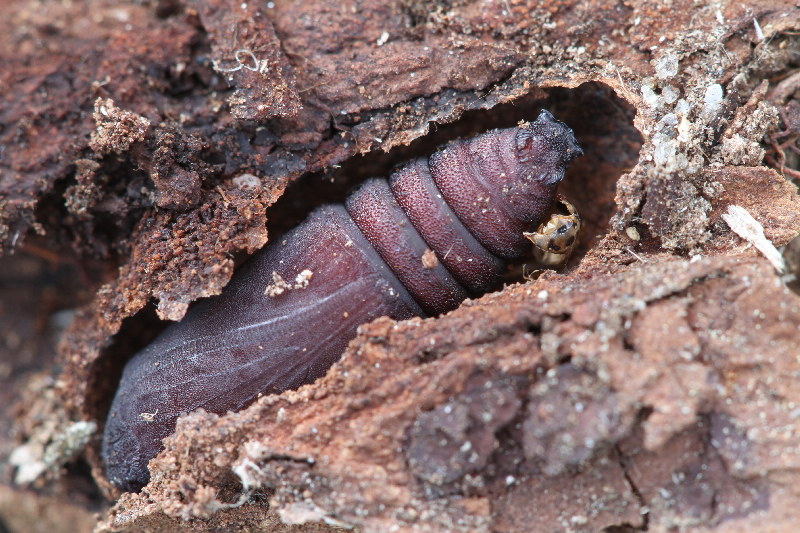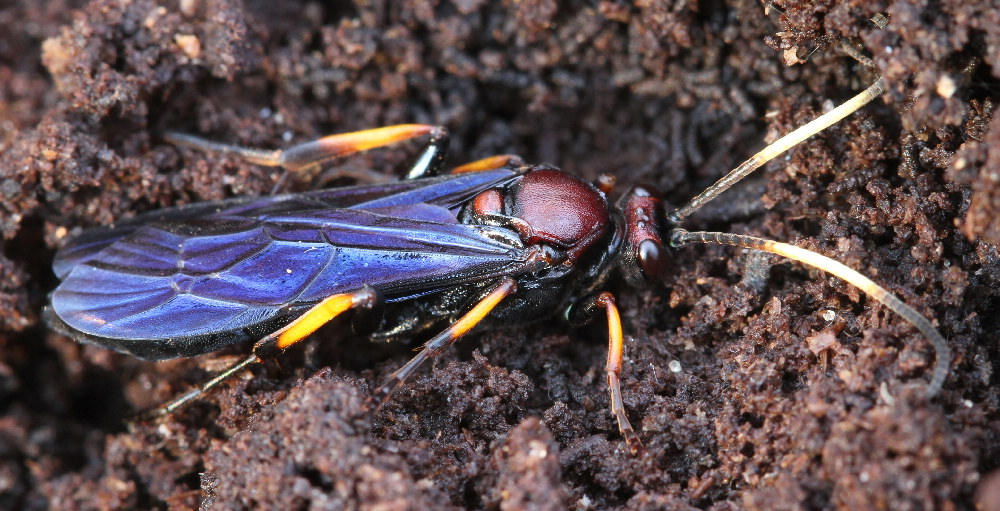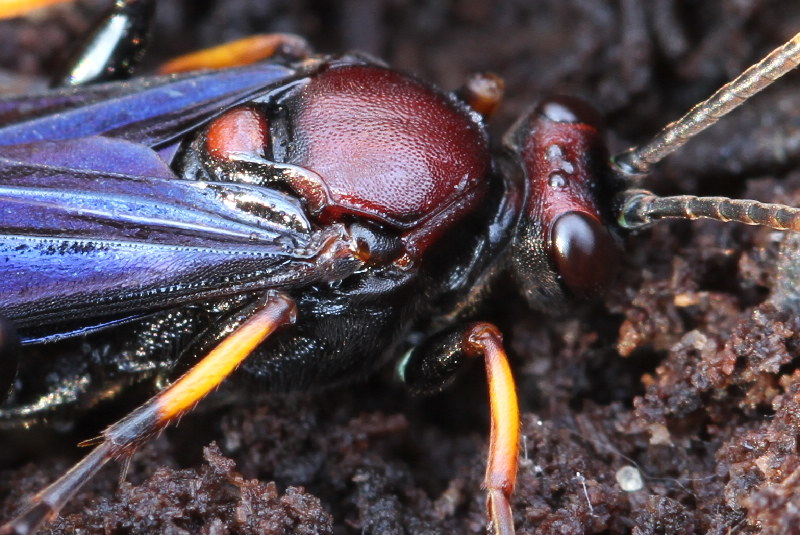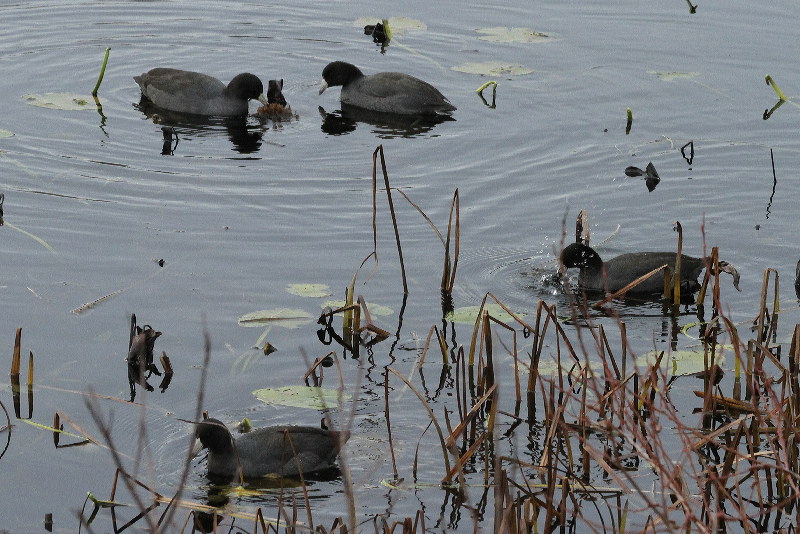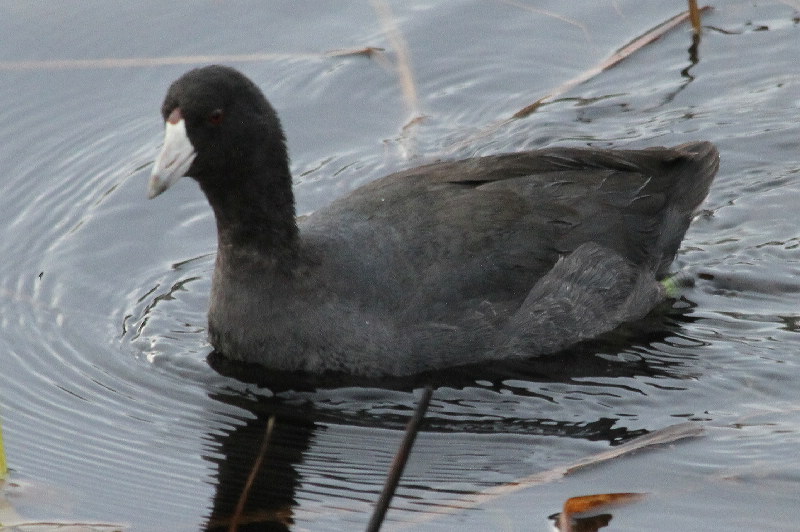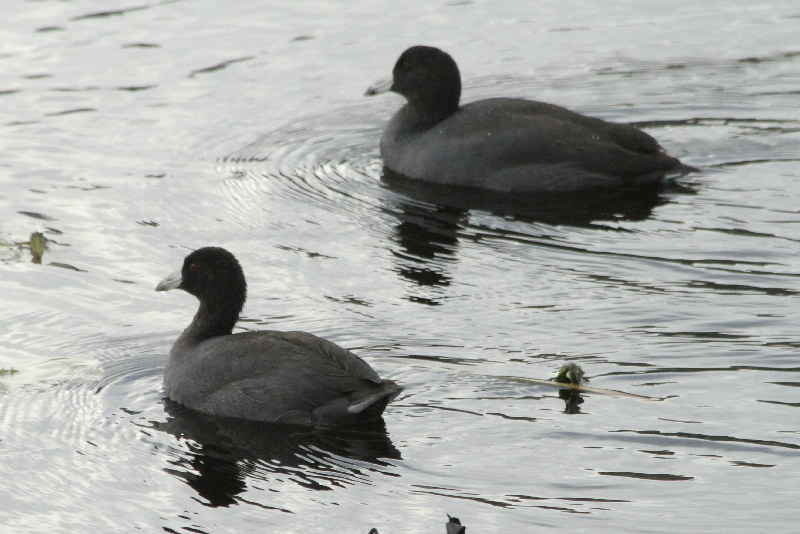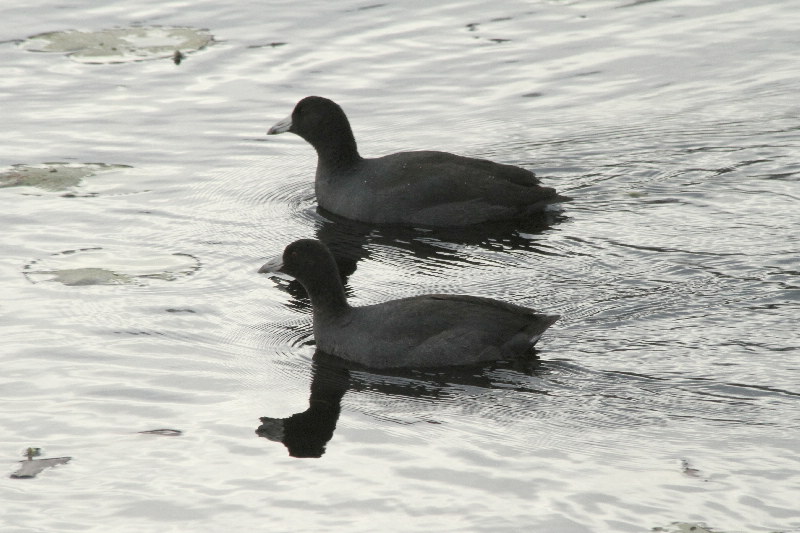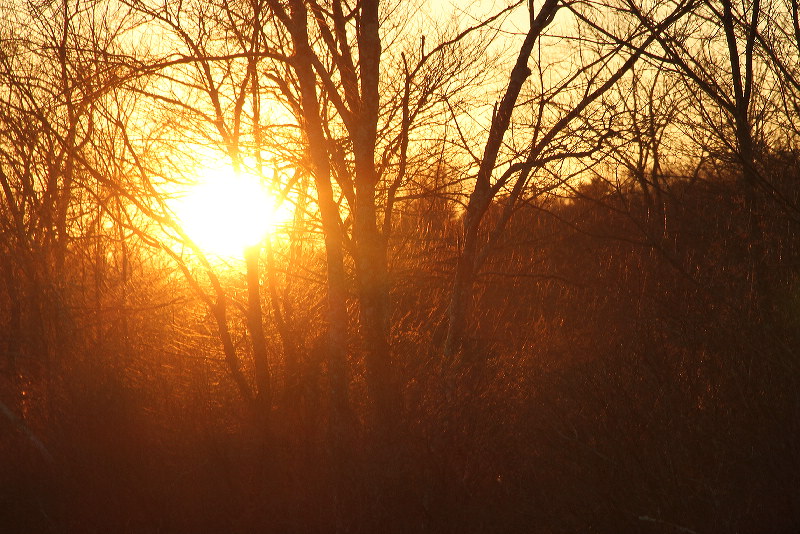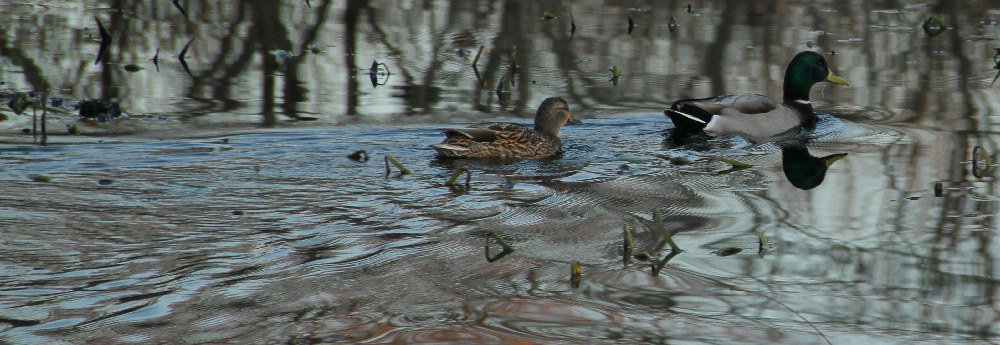Along the Air Line... 2011 - Fall, Part 4 The Air Line Trail in Eastern Connecticut - Stan Malcolm Photos |
mHome Page Stan's FlickR Albums |
October 22nd. Predawn color. |
|
|
Fortythree degrees. Mist rising as the sun begins to light up the trees. |
|
|
|
October 23rd. Red Maple (Acer rubrum) leaf. |
White Oak (Quercus alba). |
Red Oak (Quercus rubra) seedling. |
|
Maple-leaf Viburnum (Viburnum acerifolium). Note the black berries and characteristic dull pink fall color. |
A few flowers hanging on. An Aster, presumably, but no leaves and previously mowed so hard to ID. |
October 25th. Lots of water flowing at the little brook near the Route 85 trail head. |
|
|
|
Listen. |
Two pair of American Coots (Fulica americana) passing through the marsh today; the first "exotic" waterfowl I've seen this fall. |
|
|
|
|
Lots more Mallards (Anas platyrhynchos) on the marsh now. (Some will remain resident on the marsh whenever there is open water through the winter.) |
Several Red-winged Blackbirds (Agelaius phoeniceus) were a pleasant surprise this morning. Just passing through from further north I assume. They'll return to the marsh to stay in mid-February. |
|
|
With the blackbirds was this Common Grackle (Quiscalus quiscula). |
Eastern Bluebirds (Sialia sialis) have formed their winter flocks. |
This looks lik a female with much grey on the back... |
...but blue on the wings and tail. |
NIce tail on this Grey Squirrel (Sciurus carolinensis). |
October 31st. On the 29th we had 5+ inches of heavy wet snow, cutting power to nearly 800,000 Connecticut homes and businesses. Trees were severely affected because most still had leaves. By this morning, sun had melted much of the snow, thankfully, but power remained out for most of us. With few large trees, Raymond Brook Marsh came through quite well. |
Canada Geese took advantage of the storm's passing to continue heading south. (Smart geese.) |
|
A frosted Red Oak leaf. |
I think this is Black Oak (Quercus velutina). |
November 2nd. Red Oak. Twentyfive degrees and more heavy frost... |
...as well as more Canada Geese heading off. |
November 7th. A warm sunny day for Nevember. I visited the site near Route 87 in Lebanon where I photographed Forked Fungus Beetles (Bolitotherus cornutus) last month. I was curious where they would be. I found three under loose bark of the trees hosting fungus. Two of the three were upside down, clinging to the loose bark, presumably tucked away for the winter. (For many more photos and behavioral notes about these strange beetles, see: http://www.performance-vision.com/FungusBeetle/index.htm) |
I also found this moth pupa in a cavity formed by the larva under the bark. |
Similarly, I found two colorful adult Ichneumon wasps (Family Ichneumonidae - Help with ID?) in rough cavities under the bark. One became active immediately (see following crude video), while the other posed for still images. (I replaced the bark as well as possible when I was done.) |
|
Ichneumonids parasitize other insects, typically each wasp species is tied to a single insect host species. (If you identify the wasp, you can pretty reliably identify the host insect larva it grew up in.) |
November 11th. The American Coots (Fulica americana) are still around. |
November 17th. The American Coots (Fulica americana) first seen on October 25th are still feeding on the marsh. The Coot at the right is shaking some plant morsel it has picked up below the surface. |
|
|
|
Nearly four minutes of shaky hand-held video. Several dives, grooming, and a couple of brief peeks at their unusual feet. |
A sequence of stills, patched together as stop-motion video. |
November 18th. Sunsets come early this time of year. |
A pair of resident Mallards (Anas platyrhynchos). There are roughly 20 Mallards around, many of which may well stay through the winter (though retreating in the coldest times to places they can find open water). |
